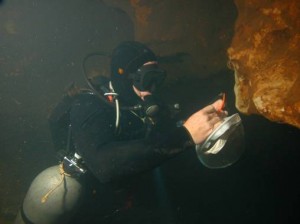Extreme environments
Extreme environments harbor conditions that are beyond the normal range of what most organisms can survive. Organisms that live here are commonly referred to as ‘extremophiles,’ or organisms that LOVE (“phile” is from the Greek philos, meaning” loving”) living on the edge! Interestingly, many of these extreme habitats are dominated by microbes who can tolerate the challenging and harsh conditions that these ‘extreme’ habitats require. These habitats include, but are not limited to, methane-dependent brine pools in cold seeps, radioactive waste dumps, aphotic (no light) environments, bubbling acidic hot springs, geothermal deep sea vents (black smokers, etc.) where water temperatures exceed 40°C, environments up to 10 times the salinity of sea water, anaerobic/anoxic (no oxygen) conditions, arid desert regions, ecosystems under extreme hydrostatic pressure (waters deeper than 2000 meters), very acidic (pH < 5) or very alkaline (pH > 9) conditions, extreme cold, etc.
The microbes in our study sites are classified as extremophiles because they are living in aphotic and anoxic/anerobic conditions, and all food and energy are generated internally within the system. In other words, there are no external sources of nutrients that are entering the system and providing nutrition for the microbes, etc.
Click here for more information on extreme environments.



